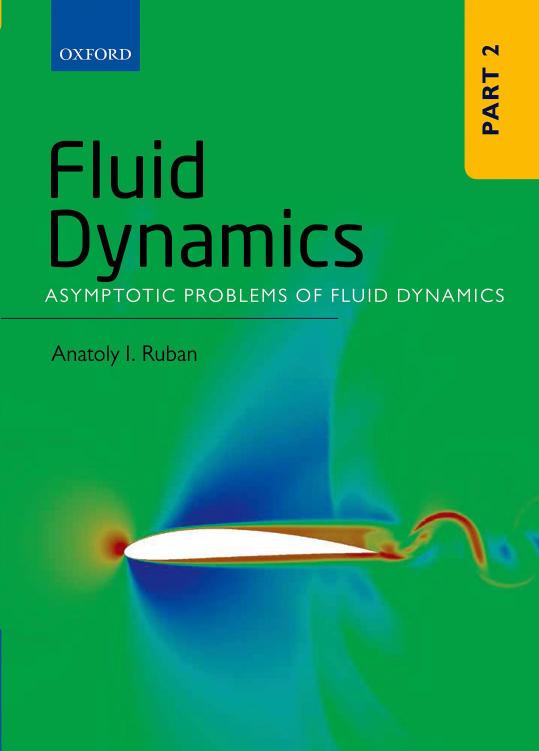

Most ebook files are in PDF format, so you can easily read them using various software such as Foxit Reader or directly on the Google Chrome browser.
Some ebook files are released by publishers in other formats such as .awz, .mobi, .epub, .fb2, etc. You may need to install specific software to read these formats on mobile/PC, such as Calibre.
Please read the tutorial at this link: https://ebookbell.com/faq
We offer FREE conversion to the popular formats you request; however, this may take some time. Therefore, right after payment, please email us, and we will try to provide the service as quickly as possible.
For some exceptional file formats or broken links (if any), please refrain from opening any disputes. Instead, email us first, and we will try to assist within a maximum of 6 hours.
EbookBell Team

0.0
0 reviewsThis is the second volume in a four-part series on fluid dynamics:
Part 1. Classical Fluid Dynamics
Part 2. Asymptotic Problems of Fluid Dynamics
Part 3. Boundary Layers
Part 4. Hydrodynamic Stability Theory
The series is designed to give a comprehensive and coherent description of fluid dynamics, starting with chapters on classical theory suitable for an introductory undergraduate lecture course, and then progressing through more advanced material up to the level of modern research in the field.
In Part 2 the reader is introduced to asymptotic methods, and their applications to fluid dynamics. Firstly, it discusses the mathematical aspects of the asymptotic theory. This is followed by an exposition of the results of inviscid flow theory, starting with subsonic flows past thin aerofoils. This includes unsteady flow theory and the analysis of separated flows. The authors then consider supersonic flow past a thin aerofoil, where the linear approximation leads to the Ackeret formula for the pressure. They also discuss the second order Buzemann approximation, and the flow behaviour at large distances from the aerofoil. Then the properties of transonic and hypersonic flows are examined in detail. Part 2 concludes with a discussion of viscous low-Reynolds-number flows. Two classical problems of the low-Reynolds-number flow theory are considered, the flow past a sphere and the flow past a circular cylinder. In both cases the flow analysis leads to a difficulty, known as Stokes paradox. The authors show that this paradox can be resolved using the formalism of matched asymptotic expansions.